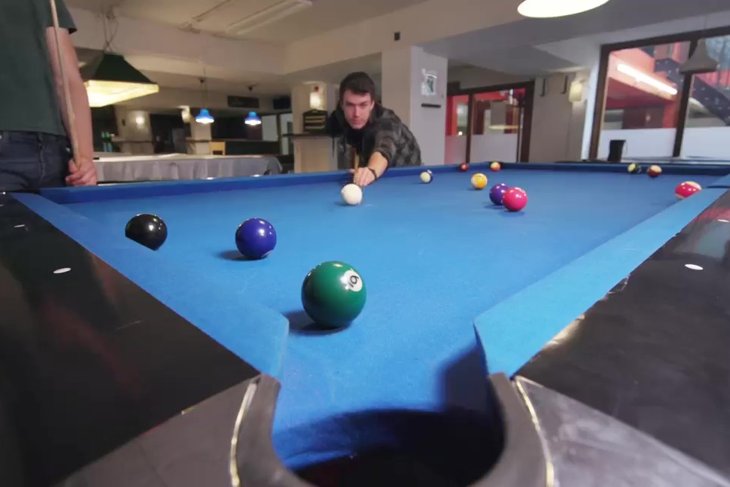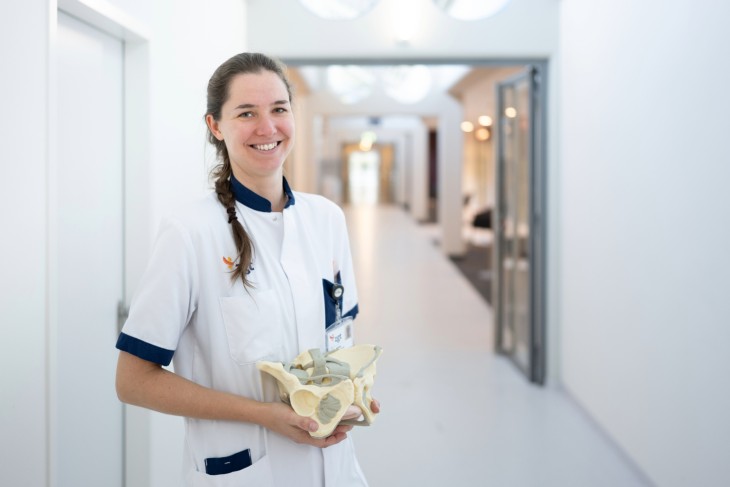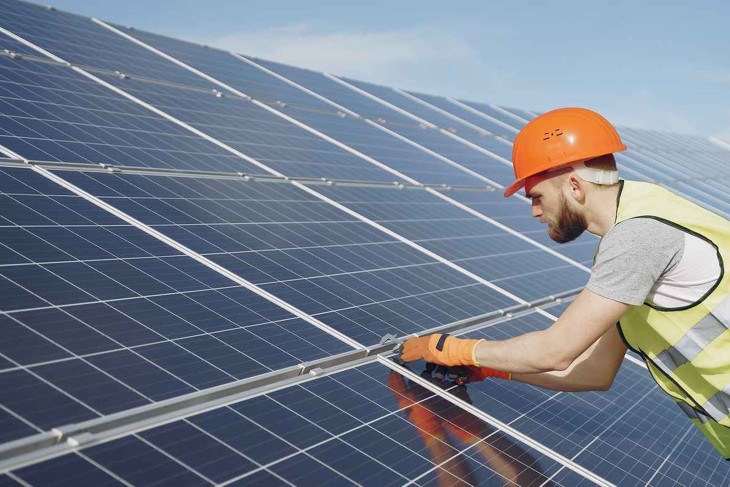Exploring dynamics
“CRACK” and a cue stick hits a ball. Dozens of students surround the table, looking at the balls as they scatter across it. Amidst the thuds and clacks of colliding balls, the students are learning about force, motion, and rotation.
“What I appreciate about the programme is that each module focuses on a specific area of physics: the first module was about dynamics, the second about thermodynamics, and then electromagnetism,” Gijs says. During the project in their first module, Dynamics, they learned how rolling objects move and spin when struck, and what factors influence that motion.
They experimented with how the height at which they hit a ball affects its spin. For example, hitting the ball near the bottom causes it to move forward but spin backwards. When they hit it near the top, the ball spins forward. This might sound logical, but Gijs’ team found they could predict how fast the ball would spin depending on where they hit it. Striking it at a specific height produces just enough spin for the ball to roll smoothly.
From theory to practice
“We started by making predictions based on physics theory,” Gijs explains. “Then we carried out experiments to test whether our predictions matched reality. It is cool to see equations come to life. The game of pool made it all click.” The students applied equations such as Newton’s Second Law (force equals mass times acceleration) and others involving rotation motion. “The goal is to understand what is happening physically so that we can apply the right formulas and know why they apply.”
Their setup included a cue stick mounted on a spring, so they could measure how much energy was used with each shot. A high-speed camera recorded the ball’s motion after striking it at different heights. They could also measure how fast the ball moved, and how that changed based on how hard they hit it.
Then, they used software to convert the footage to data. After tracking the ball’s position frame by frame, they fed the data into Python and wrote scripts to generate graphs. Eventually, they could analyse whether their measurements matched their theoretical models.
Reality check
“In reality, there might be a big difference between your predictions and results. You need to take a lot of factors into account, it can be very complex. Sometimes your theoretical model aligns perfectly with your results, which is satisfying, but sometimes it doesn’t. This is part of the learning process.”
In their case, there was a noticeable difference between the model and the actual results, possibly due to an assumption that a ball tends to roll smoothly.
Through this project, Gijs also learned the basics of scientific reporting. “In Physics, we write down all our experiments in a lab journal. It is a specific, structured way of documenting everything, from setup to results.”
Seeing the world differently
“I don’t play pool, so I am not planning to use what I learned to win games. However, every time I immerse myself in a new topic such as Dynamics I start seeing the world a bit differently. For example, when I am cycling or watching something fall, I think about the forces and acceleration involved.”




